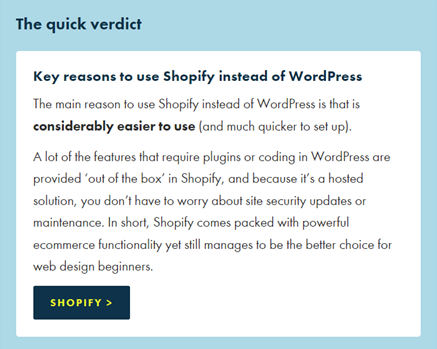
11 Secrets To Crafting The Perfect SEO Blog Post
In this digital and AI age, a blog is a powerful tool for reaching your audience and establishing your brand. However, writing a blog or even generating one using ChatGPT is no longer enough.
Your blog posts must be optimised for search engines and the upcoming Search Generative Experiences (SGE) that are due to be launched in the coming months.
In this article, we will look at 11 way to craft the perfect SEO blog post for 2023 and beyond.
Quick Summary
- With AI tools, the content generated is sourced from what's already available on the web. Google is looking for added value than just that.
- Focus on the Information gap rather than word count or keyword density brings value to your content.
- This is also true for images. When you use stock images, you are using an image Google already knows. Use unique images as much as possible.
- Use images, videos, tables and all possible media types to improve the user experience.
- Structure your blog post correctly (H1, H2, H3, lists etc). This is critical for structured data optimisation and passage indexing.
- Internal linking is very important. Jump links in your quick summary are a good way to improve user experience.
How To Optimise Blog Posts For SEO

Captivating Title
Bid farewell to SEO-heavy titles. Instead, create compelling titles that grab your readers' attention and entice them to read further. While incorporating the primary keyword is beneficial, prioritise crafting a title that resonates with your audience and piques their curiosity.
Custom Featured Image
Make a solid first impression with a custom-made featured image relevant to your blog post. Avoid relying on stock photos that are already known to search engines. Instead, a unique image will help you stand out and immediately engage your readers, capturing their interest directly.
Short & Sweet Intro
Keep your introduction concise and to the point. Long intros can deter readers, so provide a brief overview of what the blog post will cover, setting a context for what's to come.
Quick Summary
Include a quick summary at the top of your article to align with Google's emphasis on helpful content. This allows readers who prefer a condensed version to grasp the essence of your article. Enhancing the user experience can significantly improve overall engagement. This will be helpful in upcoming Google AI initiatives in search.
Example:

Sub-headers (SEO-focused headings)
Break your content into sections using sub-headers (H2/H3). This not only facilitates easy navigation for readers but also helps search engines understand the structure of your content. Include targeted keywords in your sub-headings to increase your chances of ranking for specific keywords.
Optimising for Information Gap Instead of Keyword Gap
Bid farewell to outdated practices like obsessing over keyword density. Instead, prioritise creating well-written, informative, and engaging content that addresses the information gap for your readers.
Write conversationally, avoid jargon, and focus on providing genuine value. By contributing new and valuable insights, you will appeal to your audience and earn recognition from search engines.
See how we have increased organic traffic by over 151% YOY. Read more on our SEO Service Offering.
Custom Images, Graphics, and Tables
Enhance the visual appeal of your blog post by incorporating custom images, graphics, and tables. Visual elements support your key points, captivate your audience, and encourage social sharing, boosting your content's organic visibility and reach.
Internal Links / External Links
Internal and external links play a crucial role in optimising your blog post. Utilise internal links to guide readers to related content on your website, amplifying their overall experience and encouraging further exploration. Additionally, consider adding relevant external links from reputable sources, as this demonstrates credibility and authority.
Call-to-Actions (CTAs)
Don't miss the opportunity to engage with your readers and foster a sense of community. Strategically place call-to-actions (CTAs) throughout your blog post, encouraging readers to leave comments, share your content on social media, or take other desired actions. CTAs enable you to build relationships, expand your reach, and strengthen your online presence.
FAQs
Including a section for frequently asked questions (FAQs) adds value for your readers and helps optimise your blog post for long-tail keywords. Address common inquiries relevant to your content, providing clear and helpful answers. This can enhance your search engine visibility and further establish your authority as a reliable source.
Author Box
Include a short introduction of yourself and links to your social media in your author box. This will help you build credibility and relationship with your readers. This will also help address Google EEAT factors impacting your overall search engine rankings.
